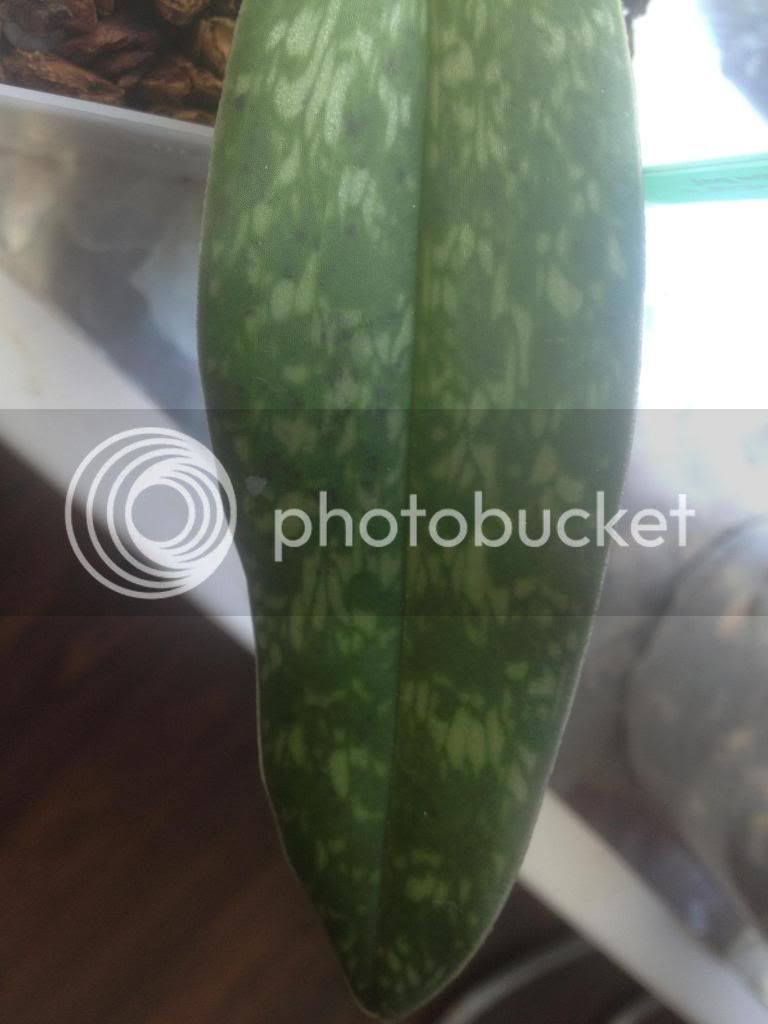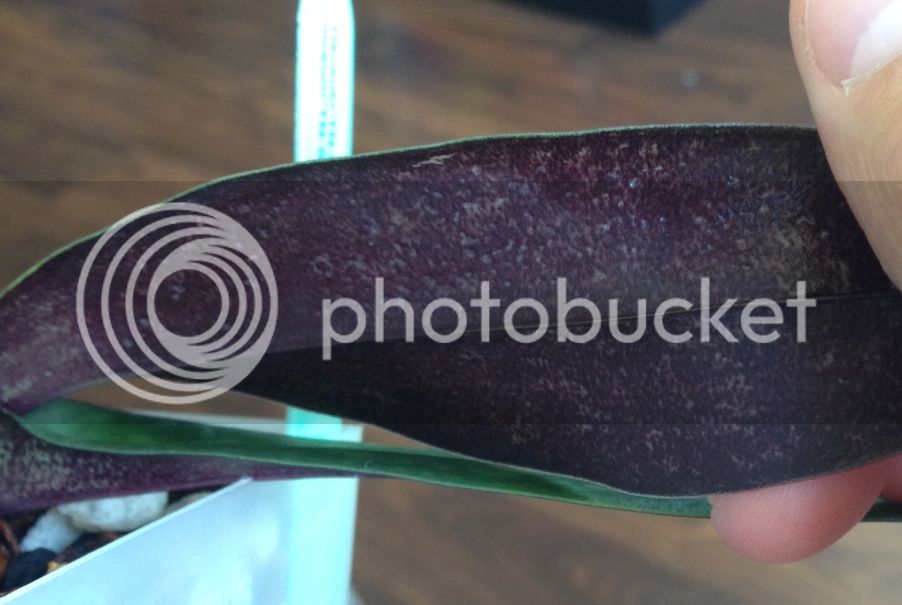Never use cooking oil, salad oil, etc. on your plants. It's WAY too thick and it suffocates your plant's stomata. Use ONLY horticultural oil at the recommeneded strength. Horticultural oil is ultra-refined mineral oil, mixed with an emulsifier so that it will mix with water. The Canola Oil, etc., will resist mixing with water and it is much more likely to "gummy" up the plant's stomata. Horticultural oil is a much lighter grade oil than the mineral oil found in a Pharmacy, and it's WAY lighter than vegetable oil!
Soap is phytotoxic (toxic to plants). Even some insecticidal soap is bad news for certain plants. There's no way manufacturers can test all plants; so, anytime you use it on something exotic, you are treating your plants as Guinea Pigs. Avoid using soap of any kind, for any reason.
I don't know what you can do to reverse the damage already done. Watch it closely to catch outbreaks of Erwinia and hope. You might try washing the leaves with warm water only, to at least dilute or remove any residue of the Canola oil and soap.











































